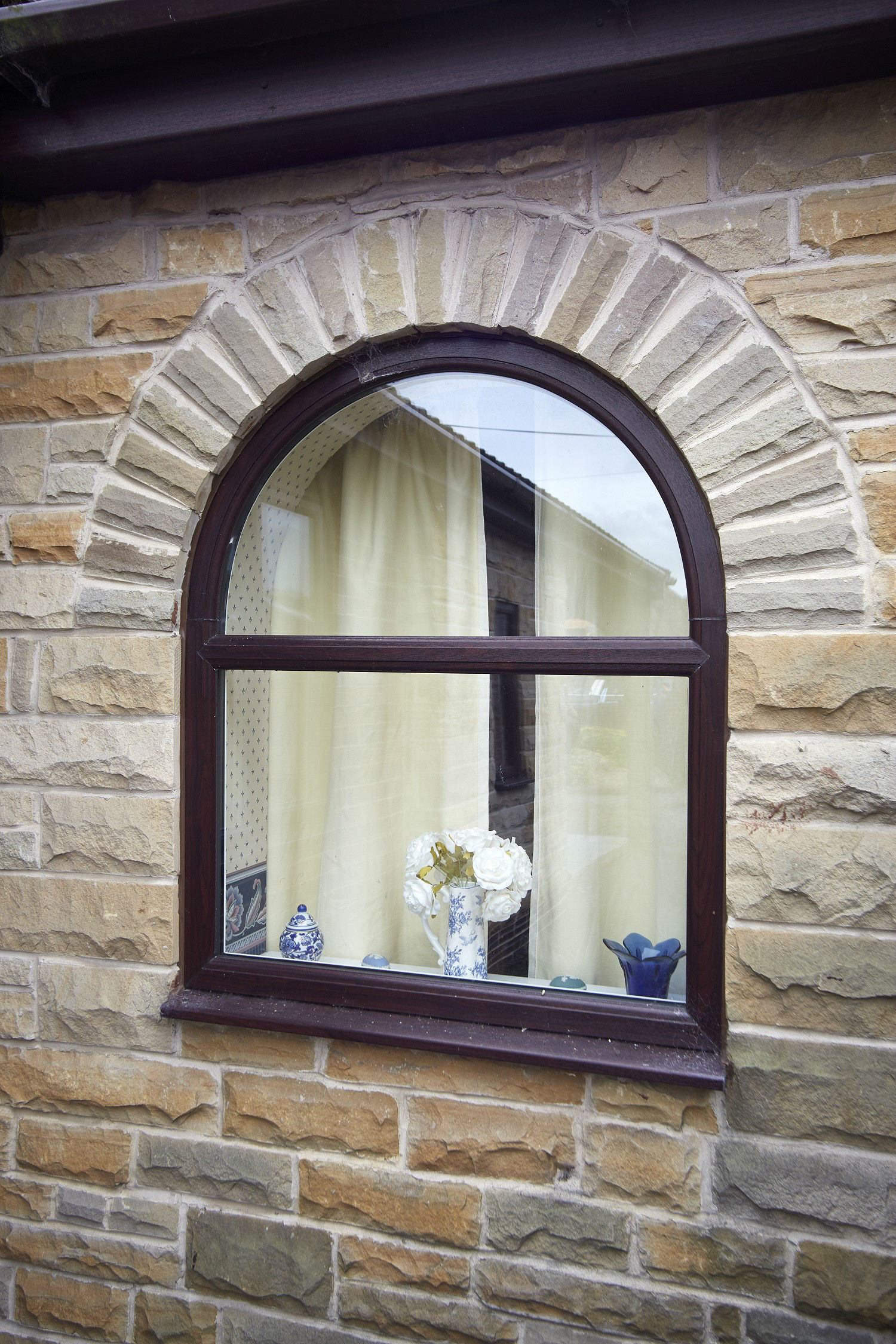Table of Content
Nursing homes and ICFs/IID should implement a plan for testing as a way to continue to identify infections early and stop transmission. A facility's plan for testing, including expanded screening testing of staff, should be based on the level of COVID-19 transmission in the community. The plan should include a procedure for addressing residents or staff who decline or are unable to be tested.
A lot of scary things happened during the COVID-19 pandemic, but one that looms large for a lot of people is the huge share of deaths that took place in nursing homes. A new brief from the Center for Retirement Research at Boston College notes that the pandemic showed the lax infection control practices that plague nursing homes in both the U.S. and Canada. This could lead to more older people choosing to get care in their own homes instead of going into a nursing home. The residents reported that communicating with staff with limited Swedish language skills was very common, and they accepted that misunderstandings could occur. However, impaired communication was described as irritating, as things sometimes did not turn out the way they wanted.
Medicare COVID-19 Nursing Home Analysis
“It was a house of horrors for older people,” said Mary McKenna of Bellmore. Her aunt, Eileen Turansky, died at Fulton Commons in 2014 after months of alleged abuse and mistreatment at the facility. The attorney general’s office filed the lawsuit Tuesday to force changes in the operation of the nursing home, but to keep the facility open, a spokeswoman said. Another problem was that many nursing home workers left their posts during the pandemic due to the difficult conditions, making life inside the homes even more difficult. This project was funded by grants from the Vice-Chancellor of Uppsala University for co-operation with the surrounding society, the memory of Ragnhild and Einar Lundström foundation, and from the University of Gävle. Tina Sandri, CEO of Forest Hills of DC senior living facility, passes a COVID-19 informational sign while walking to her office in Washington, D.C., on Dec. 8, 2022.

WEAVR facilitates health and medical response through identification, credentialing and deployment of volunteers. Facilities who may be in need of WEAVR support should work with local public health and emergency management to identify needs and available resources. Facilities can submit their request directly to We ask that you copy your local public health agency on the submission. COVID-19 has had a disproportionate impact on the 1.4 million residents who live in nursing homes in the U.S.
Global COVID activity remains stable but deaths on the rise
Surge capacity for staffing, equipment and supplies, and postmortem care. The Clinical Executive Conference will examine trends, challenges and opportunities facing clinical leaders in skilled nursing. Cissy Sanders of Austin, Texas, met multiple obstacles trying to get a booster for her 73-year-old mother, who is in a nursing home. More than 50 percent of facilities in Alaska, Kansas, Maine, Minnesota, North Dakota, New Hampshire, Washington and Wyoming reported shortages.

To enhance dependability, an interview guide was used to ensure that participants were asked the same questions . Descriptions of the participants’ characteristics, information on the setting, and the data analysis are provided to increase the transferability of the results. By exemplifying each presented category with quotes from the participants’ responses, confirmability was achieved. The Consolidated Criteria for Reporting Qualitative Research were followed . Long said health care providers at Houston Methodist promote the booster “every chance we get.” But they don’t administer it to people hospitalized with COVID-19, who are generally told to wait three months after being infected to get it. Getting family consent for vaccinating nursing home residents has become more difficult, nursing home leaders say.
Medical
In line with previous research , the present findings demonstrate that residents felt lonely and locked in during the visiting ban. Nevertheless, residents felt safe at the NH when first-line managers informed them about Covid-19 and acted by initiating restrictions, keeping distance, and requiring staff to wear PPE. These results are interesting; they indicate that, in critical situations, when appropriate measures are taken, managers can help residents feel secure. This is an important lesson of the Covid-19 pandemic for nursing management. To reduce their loneliness and maintain contact with relatives, residents used phone calls, but also adapted to new communication channels, such as video calls. However, residents expressed their desire for more technical assistance from staff to enable both more frequent use and more advanced technical communication channels.

Decisions about when staff can return to work should be made using Criteria for Return to Work for Healthcare Personnel with SARS-CoV-2 Infection.
COVID-19 rebound found uncommon after antiviral treatment
The present study contributes new knowledge on how experiences of safety in extreme situations can be upheld by providing information, introducing PPE and enabling fruitful communication both in and outside the NH. Based on the study results, we conclude that translating tools were not used in cross-culture communications between staff and residents. Thus, our study also shed new light on the need to develop translation tools for NH settings – tools that are readily available and easy to use.
Facilities should admit any individuals that they would normally admit to their facility, including individuals from hospitals where a case of COVID-19 was or is present. Facilities should follow the CDC guidance for infection controlwhen COVID-19 is identified or suspected in a resident. For each nursing home's longest-lasting COVID-19 outbreak, GAO found that about 85 percent had outbreaks lasting 5 or more weeks. Conversely, for about 15 percent of nursing homes , the longest outbreak was shorter in duration, lasting between 1 and 4 weeks, with 267 of those homes able to control their outbreaks after the initial week. Admissions of COVID-positive patients to US nursing homes with personal protective equipment or staffing shortages.
Residents received the care they needed, but some reported incidents of pain or lack of care related to staff not having the time or required competence to assist them. Moreover, residents had to manage communication with staff who had limited Swedish language skills, and they had developed several strategies for making themselves understood. Residents with a hearing impairment reported difficulties when communicating with staff who were wearing masks. Residents felt safe during the ban on visiting NHs, but also lonely and bored, as almost all social activities had been cancelled. Staying connected with family and friends required residents to use the phone or ICT.
Dr. Walid Michelen, chief medical officer for seven nonprofit nursing homes operated by the Archdiocese of New York, said Americans need to continue taking the pandemic seriously. Easing restrictions, broader immunity in the general population and mixed messages about whether the pandemic is over have softened the sense of threat felt by younger adults. That may be a welcome development for most, but the attitude has seeped into nursing homes in troubling ways.
Hanse said that allowing operators to focus on recruiting and retaining their workforce will go a long way toward mitigating the staffing shortage – and toward increasing resident safety. While the requirements make sense as a mitigation measure, industry stakeholders are concerned they’ll add to the heavy workload of operators, many of which are already challenged by dire staffing shortages. The legislation also codifies an existing practice of placing infected residents in “cohorts” as a strategy to combat further infections. Prior to the new legislation, facilities were required to report a change in an infected resident’s condition within 24 hours; now, facilities are required to report any infection within 12 hours. You'll start receiving the latest news, benefits, events, and programs related to AARP's mission to empower people to choose how they live as they age.
Here, you'll find our nursing home resources, including COVID-19 public health emergency response information. Nursing homes should use separate staffing teams for COVID-19 positive residents, to the best of their abilities. For more information on implementing strategies to mitigate staffing shortages, see CDC’s Strategies to Mitigate Healthcare Personnel Staffing Shortages and Guidance for Managing Healthcare Personnel with SARS-CoV-2 Infection or Exposure.

No comments:
Post a Comment